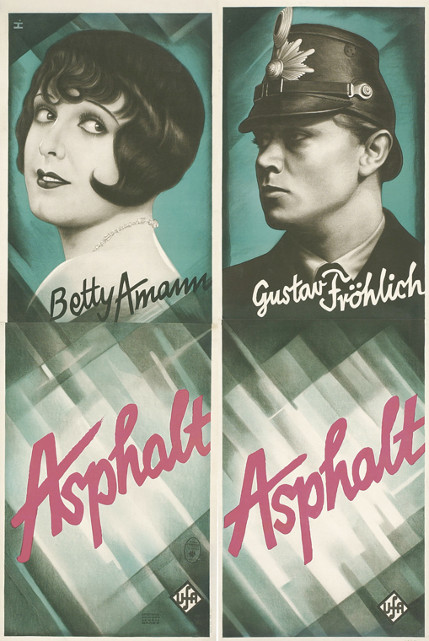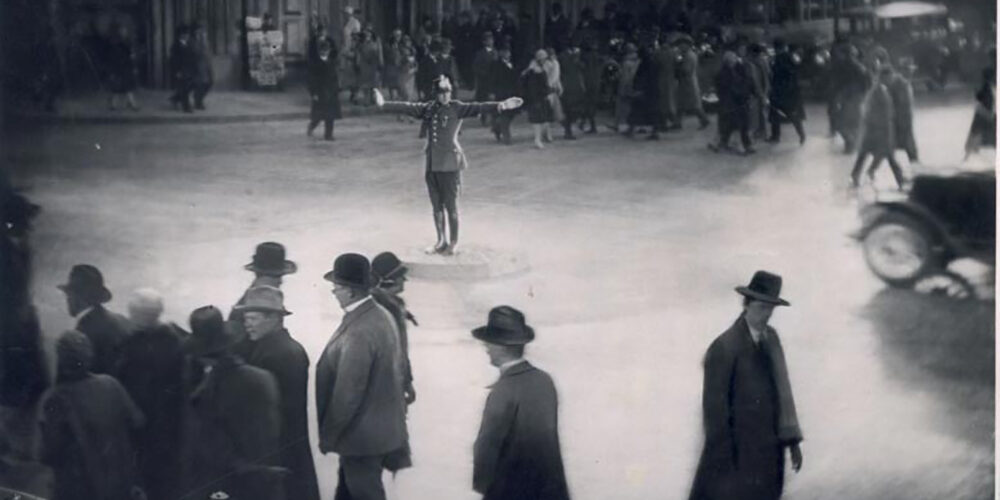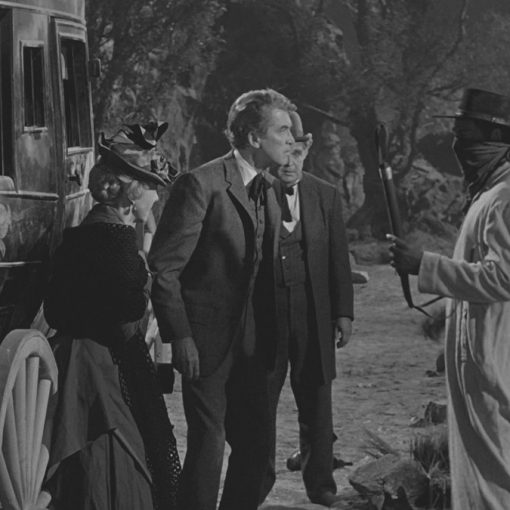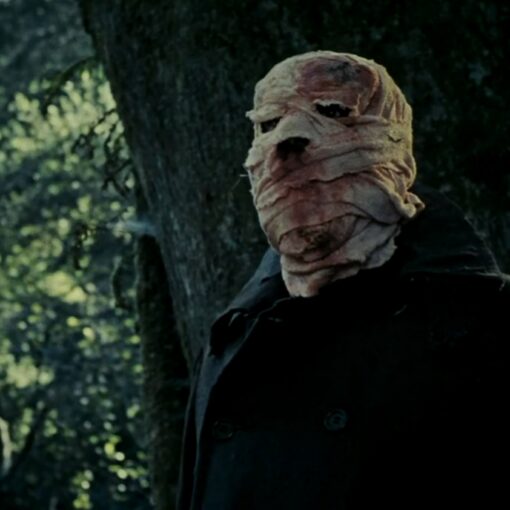 | Original title: Asphalt |
Rating:  (4 / 5) (4 / 5) | |
| Year: 1929 | |
| Director: Joe May | |
| Duration: 90 min. | |
| Genres: Drama, Film Noir |
Film Noir
But isn’t film noir a US 1940-1958 exclusive thing? How can a German silent film possibly be film noir? Well who can say for sure whether it is or not, but let me at least offer my perspective on the matter. In my view a film noir is in essence a film of an average bloke who – usually due to a cruel twist of fate – ends up on the wrong side of the tracks. Often because of a woman, a femme fatale, but sometimes just by sheer chance. It’s about human suffering, falling from grace. It’s about dark alleys in large concrete jungles, crime and all sorts of questionable characters. This film takes place in the big city, has a male protagonist who loses his way due to a femme fatale, a shady fellow, a crime is involved, murder even, all for love? While Asphalt looks like a noir, contains all these noir aspects and quacks like a noir – ehh? – does it therefore mean it must be a film noir? There is a very melodramatic feel to Asphalt and its ending scenes do not really scream film noir either. Still since we have neo-noirs, one might call this a proto-noir, a glimpse of things to come.
Asphalt
Since Asphalt is one of the last silent film classics to come from Germany and the UFA, it means that many of the actors are unknown to most audiences. However this film stars Gustav Fröhlich, who everybody should know for playing one of the leads in Fritz Lang’s iconic Sci-Fi masterpiece Metropolis. It also stars Albert Steinbrück, known for his role in one of the early classics of German expressionism, Der Golem. Unfortunately, as with so many stars of silent film, most of the actors and actresses had their careers ended by sound. Director Joe May tried his luck in Hollywood, made Music in the Air and Confession, but after that never really got anywhere aside from a handful of decent B-films. It’s a shame, since his greatest discovery Fritz Lang did manage to have a lot of success in Hollywood.
So what about Asphalt then? The film tells the story of a young Wachtmeister (traffic agent) Albert Holk. The opening shots show the streets of Berlin as the camera moves through them like a car, filming the other cars and people moving up and down the street like ants in a cement colony. It instantly reminds you of shots from Koyaanisqatsi – even the music is comparably hasty. Then suddenly the music slows down and the camera finds itself staring at a little bird in a cage – the story is ready to begin. But after a short introduction of Albert and his parents, the camera again shows us the bird and then fades out and back in to the busy life outside. We are now at the intersection where Albert works.
After watching him perform his duties for a while and duly noting women in the 1920’s couldn’t drive either *ducks* he ends up arresting a beautiful young jewel thief called Else, played by Betty Amann. This is where Albert’s downfall begins. At first he sturdily tells her off, but her tears and lies soon begin to take effect. A while later she wraps herself around poor Albert like a snake trying to strangle its prey into submission. Of course it should be no surprise who wins this struggle. Things are not so bad for a while, but when another man enters the scene, it all gets a little out of hand. The great smooth jazz score that goes with my Masters of Cinema copy is excellent in adding to the sex appeal the film and its beauty queen Amann already have. If you love film noir, be sure to check this film out.





